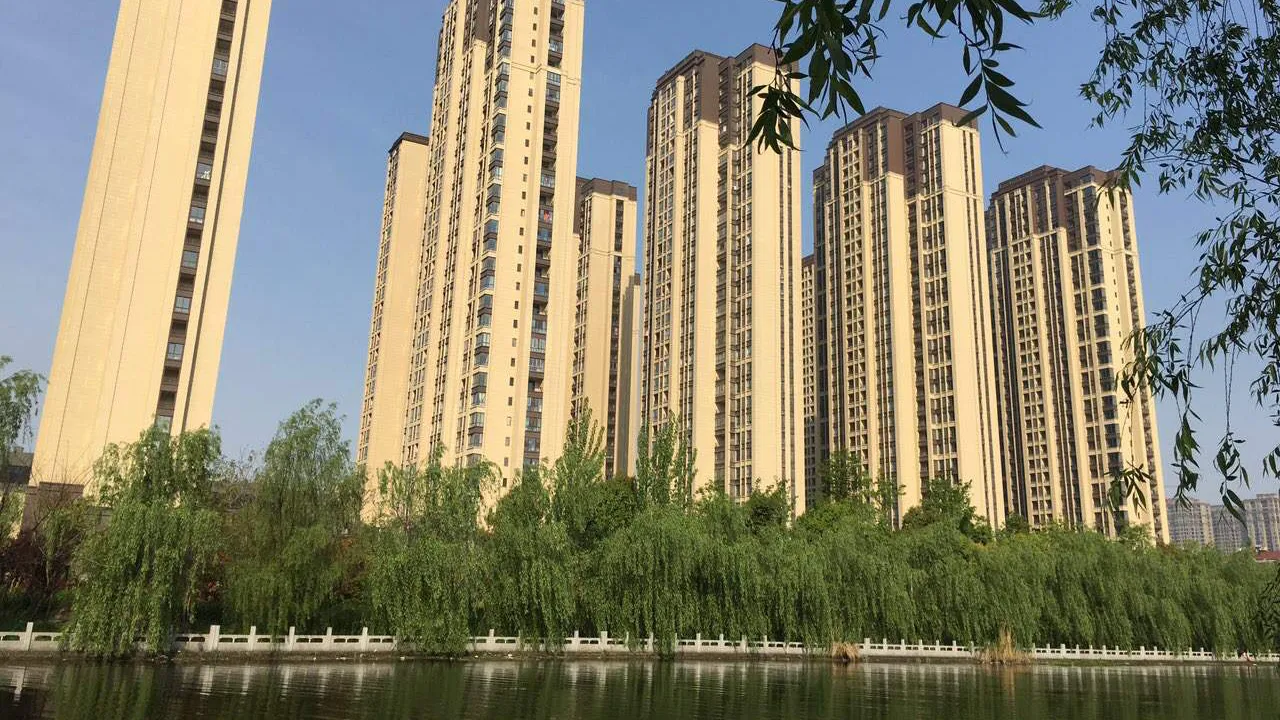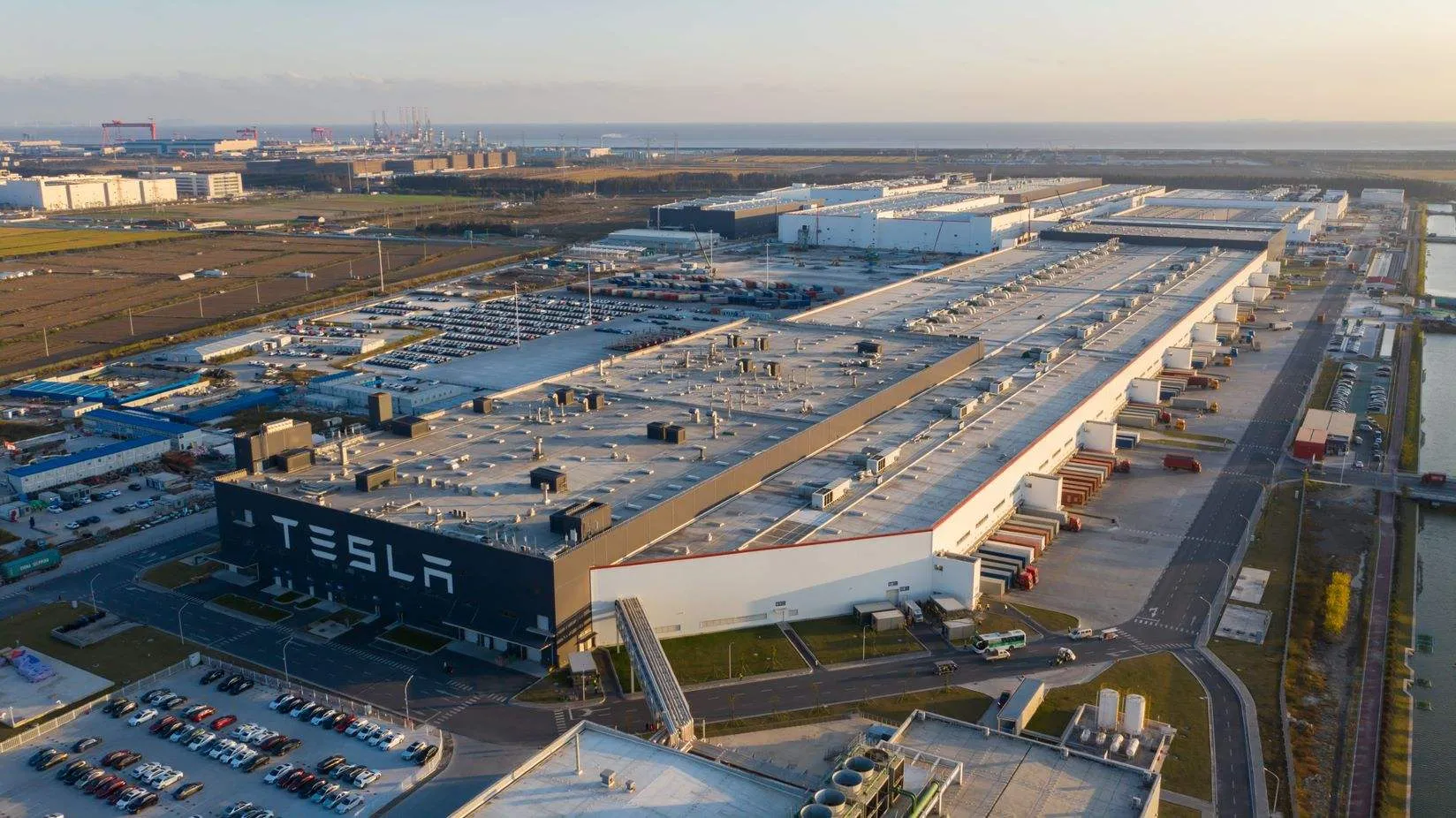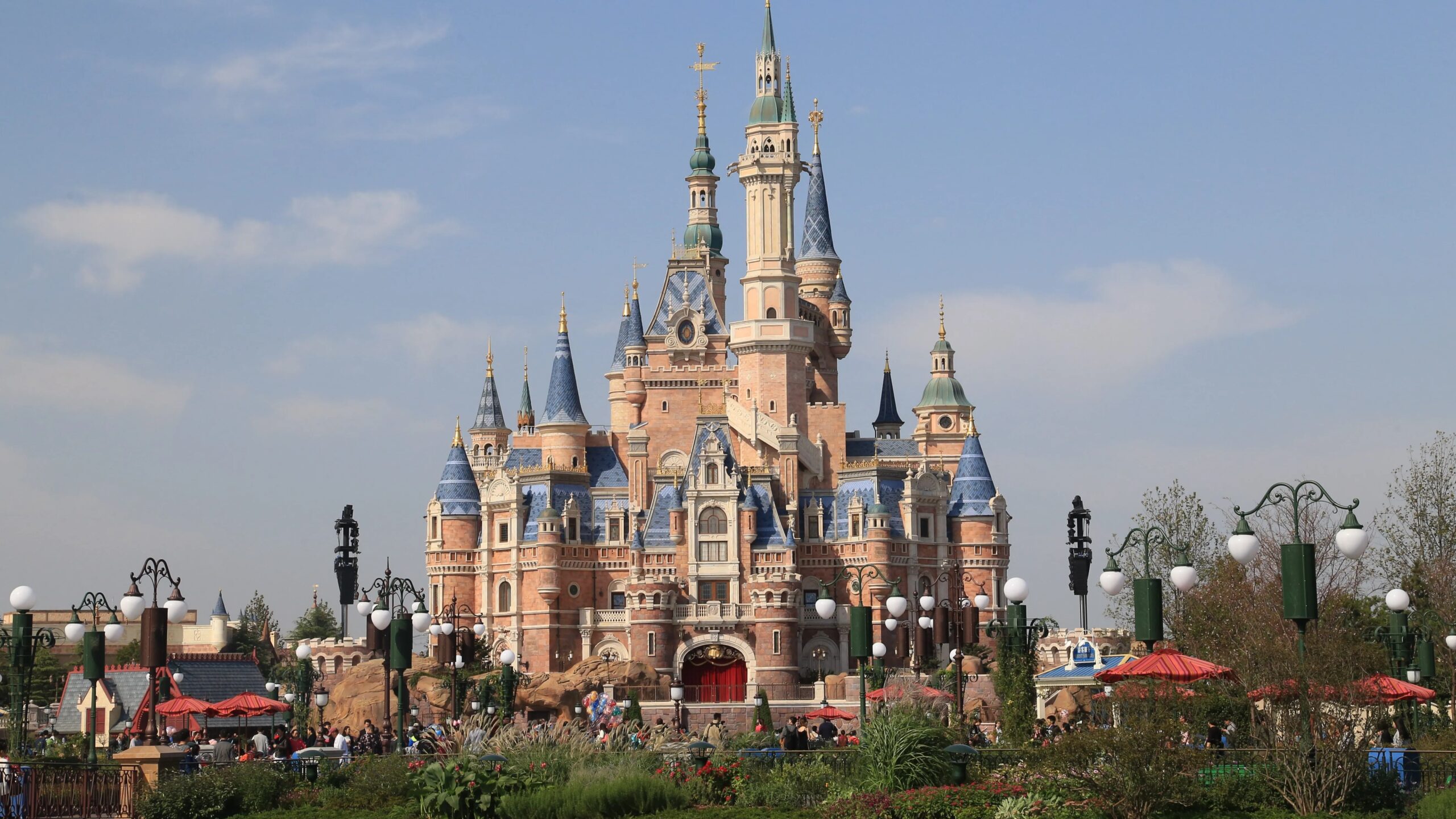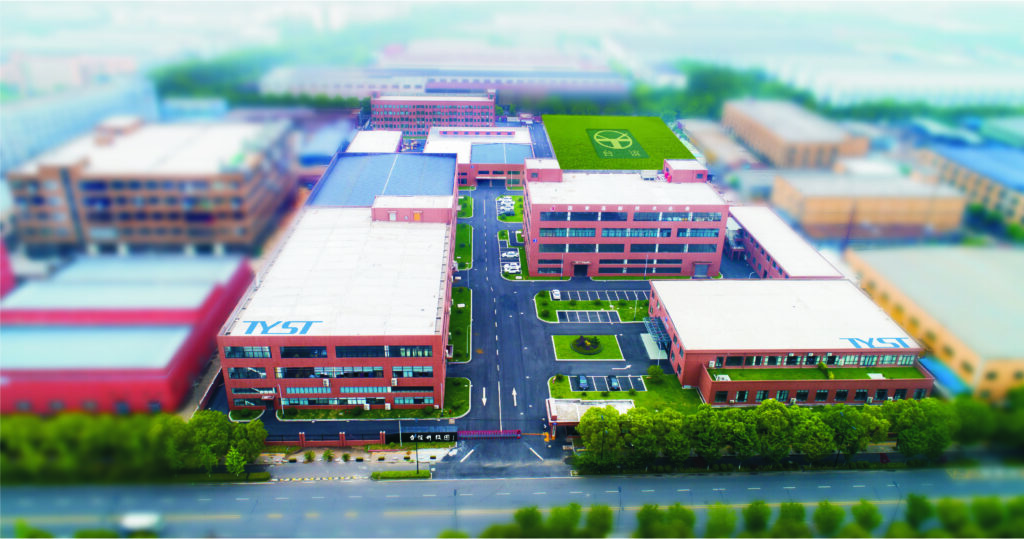 Image Source: pexels
Image Source: pexelsYou face serious risks when a fire breaks out in a commercial building. Fire alarm systems protect lives and help with property protection. Fast response from fire alarm systems can save you, your building, and your business. Commercial buildings need strong fire safety measures because fire can spread quickly and put everyone in danger. Modern fire alarm and fire suppression systems give you better fire protection. Trusted brands like tyee make advanced fire alarm solutions that keep commercial environments safe and help with compliance. Fire protection systems and fire safety plans focus on occupant safety and fast response to emergencies in every commercial setting.
Key Takeaways
- Fire alarm systems detect fires early and alert everyone to evacuate, saving lives and reducing property damage.
- Addressable fire alarm systems provide precise fire locations, fewer false alarms, and easier maintenance than conventional systems.
- Wireless and hybrid systems offer flexible installation, fast alerts, and reliable protection, even in complex or historic buildings.
- Key components like control panels, detectors, and notification devices work together to detect fire and guide safe evacuation.
- Regular professional installation, testing, and maintenance ensure your fire alarm system meets safety codes and works when needed.
What Is a Fire Alarm System?
Purpose and Function
A fire alarm system helps you detect fire early and alert everyone in your commercial building. You use this system to spot smoke, heat, or flames before the fire spreads. When the system senses danger, it sends signals to alarms and notifies people to evacuate. You can also use manual pull stations to trigger the fire alarm if you see a fire. The main goal is to give you enough time to leave the building safely and to help firefighters respond quickly.
Tip: Early fire detection is key to saving lives and reducing property damage in commercial environments.
You find several important parts in a fire alarm system. These include smoke detectors, heat detectors, manual callpoints, fire control panels, and Input/Output Module. The system can also connect with emergency lighting, and building management systems for better safety.
Here is a table that shows the main industry standards and requirements for commercial fire alarm systems:
| Category | Requirements |
|---|---|
| Industry Standard | NFPA 72 compliance mandatory for commercial fire alarm systems |
| Occupancy Types | Commercial, assembly, industrial, educational, residential, healthcare, mercantile, correctional, assembly buildings have specific requirements based on size, occupancy, and hazards |
| System Features | Smoke detectors, manual pull stations, audible and visual alarms, voice communication systems in large buildings |
| Monitoring | Required for many commercial and industrial facilities; monitored systems transmit alarms to central stations |
| Types of Systems | Conventional (zone-based, less precise), Addressable (digital, precise location), Wired and Wireless options |
| Installation & Maintenance | Must be installed by licensed professionals and regularly maintained to ensure compliance and functionality |
Why Commercial Buildings Need Fire Alarm Systems
You need a commercial fire alarm system to protect people and property in your building. Fires can start quickly and spread fast in commercial spaces. A fire alarm gives you an early warning so you can evacuate and call for help. This system reduces injuries, saves lives, and limits damage to your business.
Commercial fire alarm systems use advanced technology to detect smoke, heat, or flames. They alert everyone with loud sounds and flashing lights. Some systems send messages to a central station for a faster emergency response. When you follow fire codes like NFPA 72, you make sure your system works well and keeps everyone safe.
Commercial buildings have strict rules for fire alarm systems. You must install and maintain these systems to meet legal standards. Regular checks keep your fire alarm ready for any emergency. By using a reliable commercial fire alarm system, you create a safer place for workers, customers, and visitors.
Types of Commercial Fire Alarm Systems

You have several options when choosing a fire alarm system for your commercial building. Each type offers different features, benefits, and levels of protection. Understanding these systems helps you make the best choice for your property and the people inside.
Conventional Fire Alarm Systems
Conventional fire alarm systems use a zone-based approach. You divide your building into zones, and each zone connects to a group of detectors and manual call points. When a detector senses smoke or heat, the system triggers an alarm for that zone. You then know which area needs attention, but you do not get the exact location of the fire.
You often find conventional fire alarm systems in smaller commercial buildings. These systems provide basic fire detection and alert you to danger quickly. The performance of conventional systems depends on regular inspection and maintenance. NFPA 72 standards require you to test smoke detectors every two years and check other components every five to ten years. These checks help you avoid common problems like false alarms, battery failures, or wiring issues.
Note: Response time is a key factor for conventional fire alarm systems. Early detection and fast alerts help you evacuate safely and reduce property damage.
Conventional fire alarm systems work well for simple layouts. You may face challenges if you need to expand or upgrade your system. These systems use more wiring and can be harder to maintain in large or complex buildings.
Addressable Fire Alarm Systems
Addressable fire alarm systems use digital technology to give you precise information about fire events. Each detector and device has a unique address. When the system detects smoke, heat, or another hazard, it tells you the exact location. This feature helps you and emergency responders act faster and more effectively.
Industry studies show that addressable fire alarm systems offer several advantages over conventional systems:
- You get fewer false alarms because the system monitors sensor sensitivity and alerts you when maintenance is needed.
- You improve safety by knowing the exact spot where the fire started.
- You benefit from loop wiring, which keeps the system working even if one end of the wire is damaged.
- You can scale the system easily and add more devices with less wiring.
- You save money over time because installation and maintenance are simpler.
Addressable fire alarm systems also let you set custom alarm thresholds for different zones. This flexibility reduces false alarms in low-risk areas. Research shows that addressable systems respond more quickly to real fires and help firefighters reach the right location faster. These systems are ideal for large commercial buildings, campuses, and properties with complex layouts.
Example: tyee TY2001 Automatic Fire Alarm System
You can look at the TY2001 Automatic Fire Alarm System from tyee as a leading example of advanced addressable fire alarm systems. This system uses multi-sensor detectors and intelligent algorithms to detect different types of fires while reducing false alarms. The TY2001 processes alarm signals in less than three seconds and adapts to changes in the environment. You can program the system logic on-site and monitor up to 64 controllers through a network. The large LCD display makes it easy for you to see smoke and temperature data in real time. With its fast response, high reliability, and user-friendly design, the TY2001 helps you protect your commercial building and meet strict safety standards.
Tip: Choosing an addressable fire alarm system like tyee TY2001 gives you better control, faster response, and fewer false alarms in your commercial property.
Wireless and Hybrid Systems
Wireless and hybrid fire alarm systems use advanced technology to give you flexible and reliable fire protection. You do not need as much wiring, which makes installation faster and less disruptive. These systems use wireless sensors and communication networks to detect fire and send alerts throughout your building.
Recent advancements in wireless fire alarm systems include AI-driven multi-sensor fusion and machine learning. These features help the system combine data from different sensors, improving detection accuracy and reducing false alarms. Wireless networks use self-healing and redundant designs, so your system keeps working even if some parts fail. This reliability is important for large commercial buildings with complex layouts.
Statistical data shows that commercial properties with automatic fire detection systems experience about 40% less property damage during fires. Insurance companies may offer you discounts if you install real-time fire alarm monitoring solutions. Regulatory agencies in many countries now require smart fire alarm systems in large commercial buildings. These systems use multi-criteria sensors and AI-based detection to reduce response times by up to 50%.
Wireless and hybrid fire alarm systems are scalable and easy to expand. You can add new devices or cover new areas without major changes to your building. These systems work well in historic buildings, temporary structures, or places where wiring is difficult.
Callout: Wireless and hybrid fire alarm systems give you robust, real-time fire detection and monitoring. You can rely on these systems for fast alerts and continuous protection.
Complementary Solution: tyee Emergency Lighting and Evacuation Indication System
You can enhance your commercial fire alarm system with tyee’s emergency lighting and evacuation indication system. This solution guides people safely out of the building during a fire. It uses real-time fire alarm data to show the best evacuation routes. The system monitors equipment status, detects faults, and provides 24-hour management. By combining fire alarm systems with emergency lighting, you create a safer environment for everyone in your commercial property.
Key Components of Fire Alarm Systems

A reliable fire alarm system protects your building by using several important components. Each part works together to detect fire, alert people, and help everyone evacuate safely. You need to know how these fire alarm system components function to keep your commercial property secure.
Control Panels
The fire alarm control panel acts as the brain of your fire alarm system. You use it to monitor, manage, and control all connected devices. Modern control panels, like those from tyee, support both conventional and addressable systems. You can see real-time status, troubleshoot issues, and program custom responses. Many panels now use IoT integration, which helps you predict maintenance needs and reduces the risk of failure during a fire. Centralized monitoring lets you respond faster and coordinate with first responders. You also benefit from two-way communication, which can trigger safety protocols automatically.
A well-designed fire alarm control panel ensures your system stays ready and reliable, even during power outages.
Detectors and Sensors
Detectors and sensors form the core of fire detection. You find smoke detectors, heat detectors, and gas detectors in most fire alarm systems. Smoke detectors give you early warning by sensing smoke particles. Heat detectors work best in areas with high temperatures or steam, like kitchens. Multi-criteria detectors combine smoke detection, heat, and gas sensors to reduce false alarms and improve accuracy. tyee offers advanced smoke detectors and heat detectors that use intelligent algorithms for fast and reliable fire detection.
You can see the technical details of these components in the table below:
| Component Category | Key Components & Features | Performance Details & Technical Data |
|---|---|---|
| Detection Devices | Ionization Smoke Detectors, Photoelectric Smoke Detectors, Heat Detectors, Gas Detectors, Manual Call Points | Ionization detectors sense fast-flaming fires; photoelectric detect smoldering fires; heat detectors activate on temperature thresholds; gas detectors sense hazardous gases; manual devices allow immediate manual alarm activation. |
Notification Devices
Notification devices alert everyone in your building when a fire starts. You use bells, horns, strobes, and voice evacuation systems to warn people. These devices must be loud and visible so everyone can hear or see the alarm. Some buildings need special solutions, like LED displays, for people with hearing loss. Studies show that clear alarms and messages help people evacuate faster and reduce injuries. tyee provides sound and light alarms that meet strict safety standards and ensure prompt evacuation.
Manual Pull Stations and Modules
Manual pull stations let you trigger the fire alarm system if you see a fire before the detectors do. You find these stations near exits and in hallways. Modules connect different parts of the system, like sprinklers or emergency lighting, to the main control panel. tyee’s manual call points and input/output modules make your fire alarm system more flexible and responsive.
Remember: Regular testing and maintenance of all fire alarm system components keep your building safe and compliant.
How Commercial Fire Alarm Systems Work
Detection and Signal Processing
You rely on fire alarm systems to keep your building safe. These systems use smoke detectors and heat detectors to watch for signs of fire at all times. When fire alarm systems detect a fire, the detectors send a signal to the control panel. The control panel checks the signal and decides if it needs to start an alarm.
Here is how the process works step by step:
- Detection: Smoke or heat detectors monitor the air and temperature.
- Alert: The control panel receives signals and activates alarms.
- Evacuation: Alarms tell everyone to leave the building right away.
- Communication: The system can contact emergency services for help.
- Suppression: If connected, sprinklers may turn on to control the fire.
Fire alarm monitoring uses advanced technology to improve accuracy. Research shows that new systems using machine learning and neural networks can reach up to 99.4% accuracy. This means you get fewer false alarms and a faster response. The chart below shows how well these systems perform compared to older methods:

Alert and Evacuation Sequence
When a fire alarm goes off, you need to act fast. The system uses loud sounds, flashing lights, and sometimes voice messages to warn everyone. This alert helps you start moving toward the exits right away. Studies show that the time you take to react to the alarm is very important. If you wait too long, you may face more danger from smoke or heat.
Evacuation drills in real buildings show that people who know the layout and pay attention to alarms leave faster. The fire alarm system helps guide you by showing the best way out. Some systems even adjust the evacuation plan if smoke blocks a hallway. Fire alarm monitoring makes sure the alert reaches everyone, even in large or crowded spaces. You get a better chance to escape safely when the system works quickly and clearly.
Integration with Emergency Lighting
You need clear paths to exits during a fire. Emergency lighting works with the fire alarm to light up hallways and stairwells. This makes it easier for you to see and move safely, even if the power goes out. Modern systems let you control lighting zones and brightness from a central panel. You can set different lighting for different emergencies.
Fire alarm monitoring and emergency lighting together help you meet safety rules. They also make your building safer for everyone. When you combine alarms, lights, and exit signs, you create a strong safety net. This setup gives you real-time updates and helps you avoid confusion during an emergency. You get a safer environment and a faster, more organized evacuation.
Choosing and Maintaining Fire Alarm Systems
Compliance and Codes (NFPA, Local)
You must follow strict standards when you choose and maintain commercial fire alarm systems. NFPA 72 and NFPA 101 set the main rules for fire alarm system installation and fire safety in commercial buildings. Local codes may add more requirements. These standards make sure your fire alarm works well and keeps everyone safe. If you do not follow these rules, you risk fines, insurance problems, or even danger to people in your building.
Always check the latest commercial fire alarm compliance standards before you start any fire alarm installation or upgrade.
Here is a table that shows why proper selection and maintenance matter:
| Aspect | Evidence | Importance |
|---|---|---|
| Testing Purpose | Verifies detection sensitivity and system performance | Confirms reliability in real fire scenarios |
| Documentation | Provides NFPA-compliant reports and certificates | Shows compliance, can lower insurance costs |
| Technician Certification | NICET-certified technicians handle complex systems | Ensures expert testing and accurate results |
| Testing Frequency | Annual or more frequent, based on system size | Keeps your system ready and compliant |
Professional Installation and Maintenance
You need professional fire alarm system installation to meet all standards and keep your commercial fire alarm system working. Certified technicians know how to mount control panels, wire sensors, and test every part of your fire alarm. They follow blueprints and use the right materials for your building. Regular inspections and repairs help you avoid false alarms and system failures.
The fire safety market keeps growing. Over 80% of businesses plan to spend more on fire protection in the next three years. This shows how important it is to invest in reliable commercial fire alarm systems and maintenance.

You should schedule annual inspections for your fire alarm, emergency lighting, and other fire safety equipment. This keeps your commercial building safe and ready for emergencies.
Benefits of Trusted Brands Like tyee
When you choose a trusted brand like tyee, you get more than just a fire alarm. tyee holds certifications such as ISO9001, UL, CE, and LPCB. Their products meet strict fire safety standards and offer reliable protection for commercial buildings. tyee provides a one-stop service, from system design to fire alarm installation and maintenance. Their quality control ensures every fire alarm system works as promised.
You can trust tyee to help you meet all commercial fire alarm compliance standards. Their team can guide you through every step, making sure your commercial fire alarm system fits your building and local codes. For the best results, always consult fire safety professionals. They help you choose the right system and keep your commercial property safe.
You depend on a fire alarm system to protect your building and everyone inside. Advanced fire alarm systems give you early warning when a fire starts. These systems alert people and authorities, helping you get a fast response. You hear alarms and see lights that guide you to safety. Fire alarm integration with other security systems improves evacuation and keeps you informed. Regular testing and monitoring of your fire alarm reduce costs and help you avoid fines. Choosing a trusted brand like tyee ensures your fire alarm meets all standards and adapts to new threats. For the best protection, talk to fire safety experts and let tyee help you create a safer place.
FAQ
What is the difference between a fire alarm system and fire suppression systems?
A fire alarm system warns you about a fire. Fire suppression systems help put out the fire. You need both for full protection in a commercial building.
How often should you test your fire alarm system?
You should test your fire alarm system at least once a year. Regular testing helps you find problems early and keeps your building safe.
Can you connect emergency lighting to your fire alarm system?
Yes, you can connect emergency lighting to your fire alarm system. This setup helps guide people to exits during a fire, even if the power goes out.
Why should you choose a trusted brand like tyee for your fire alarm system?
You get reliable products, strong support, and full compliance with safety codes. tyee offers advanced technology and one-stop service for design, installation, and maintenance.









